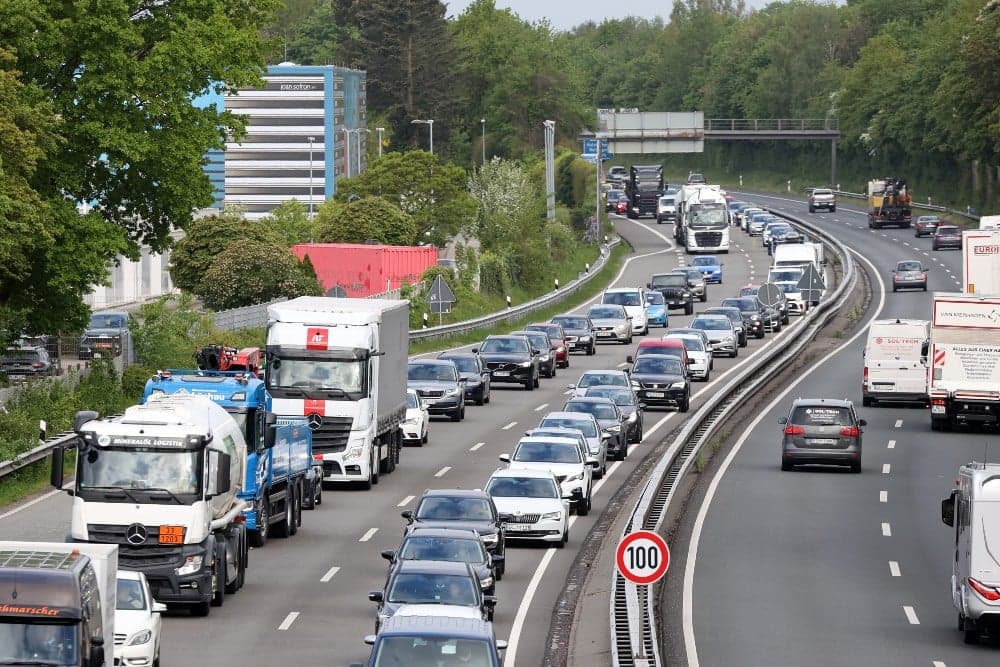In Germany, drivers are legally required to move to the edge of either side of the road when traffic comes to a complete stop. This law is designed to ensure that emergency vehicles, such as ambulances and fire trucks, can pass through traffic quickly and efficiently.
This regulation is crucial for maintaining public safety and ensuring that emergency services can reach their destinations without unnecessary delays. When drivers create a clear passage, it significantly improves response times in critical situations, potentially saving lives.
When traffic is at a standstill, whether due to congestion or an accident, drivers should signal their intentions and carefully maneuver to create a lane for emergency vehicles. This practice is not only a legal obligation but also a crucial aspect of responsible driving in Germany. Failure to comply with this law can result in fines and penalties.